Singapore’s Changi T4: All airports should be designed like this
Singapore has recently reopened its Changi T4 airport after it was closed for over two years due to the pandemic. Last month, AirAsia invited us over to check out the new terminal as it moved its Singapore-based operations from T1 to T4. Changi T4 is currently’s Singapore’s latest terminal and it uses automation and clever design to make air travel a pleasant experience.
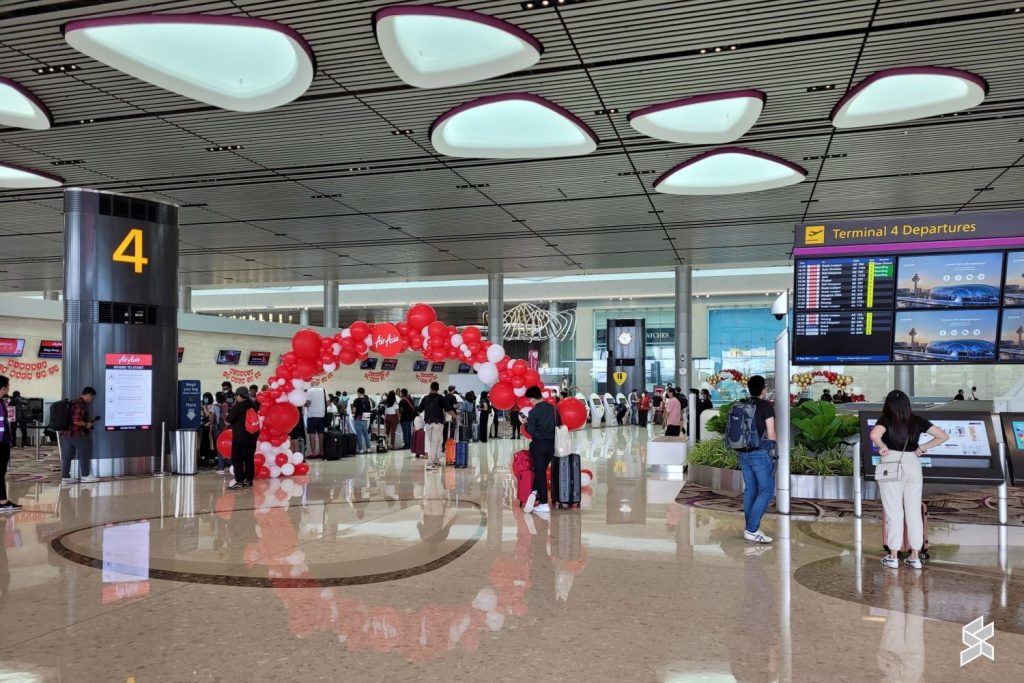
Opened on 31st October 2017, Changi T4 replaces the old Budget Terminal which was designed to cater to low-cost carriers including turboprop operations such as Firefly Airlines. Despite being one-third the size of T3, T4 is able to handle 16 million passengers per annum, which is two-thirds the capacity of T3.
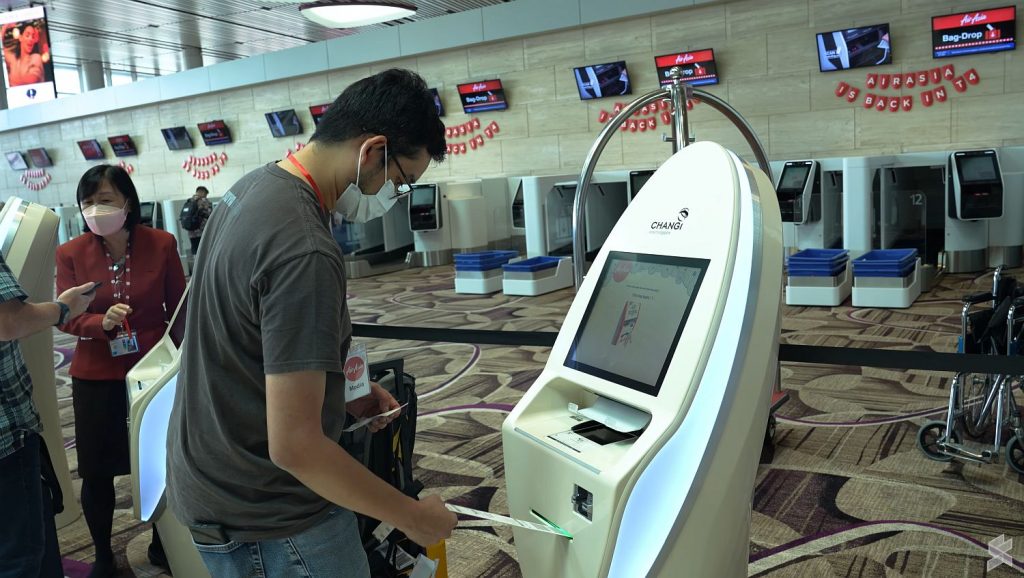
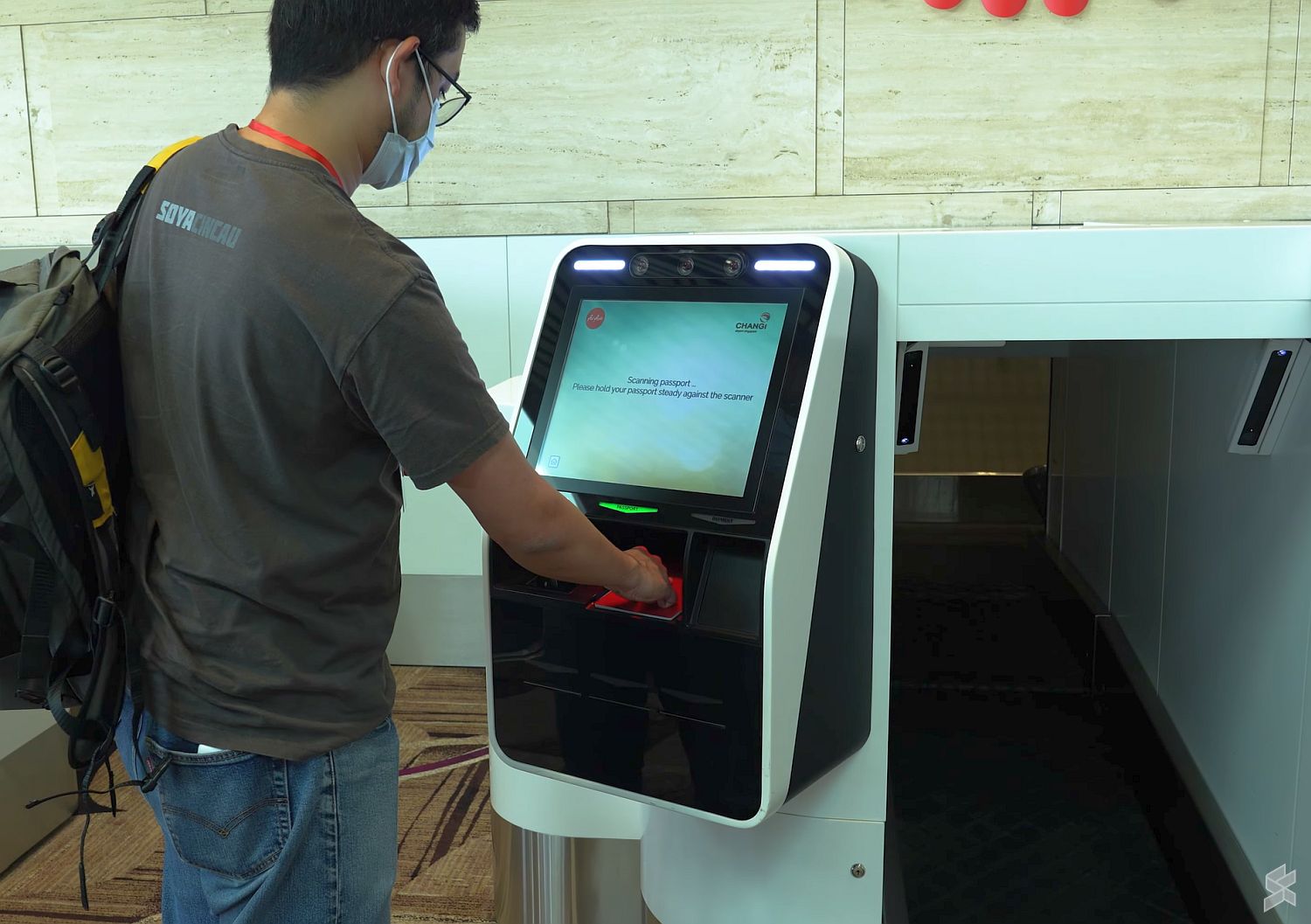
Changi T4 has been described as the model airport of the future for budget airlines. With most airlines moving towards digital touch points and self-service kiosks, T4 has adopted the latest digital technologies such as biometric and 3D baggage scanners to make it more efficient to move as many baggage and people as possible, without requiring a larger workforce of a traditional airport.
Immediately at the departure area, you’ll find rows of self-service check-in counters and automated self-service baggage drop machines. At the moment, the terminal still has a couple rows of manual check-in counters where a staff can assist passengers who have special needs or are having issues with the self-service kiosks. We are told by Changi authorities that these counters are designed to be replaced with self-service kiosks in the future for a fully digital experience. It is also worth highlighting that the baggage drop conveyor belt is positioned lower and closer to the floor, which makes it easier to load heavier items.
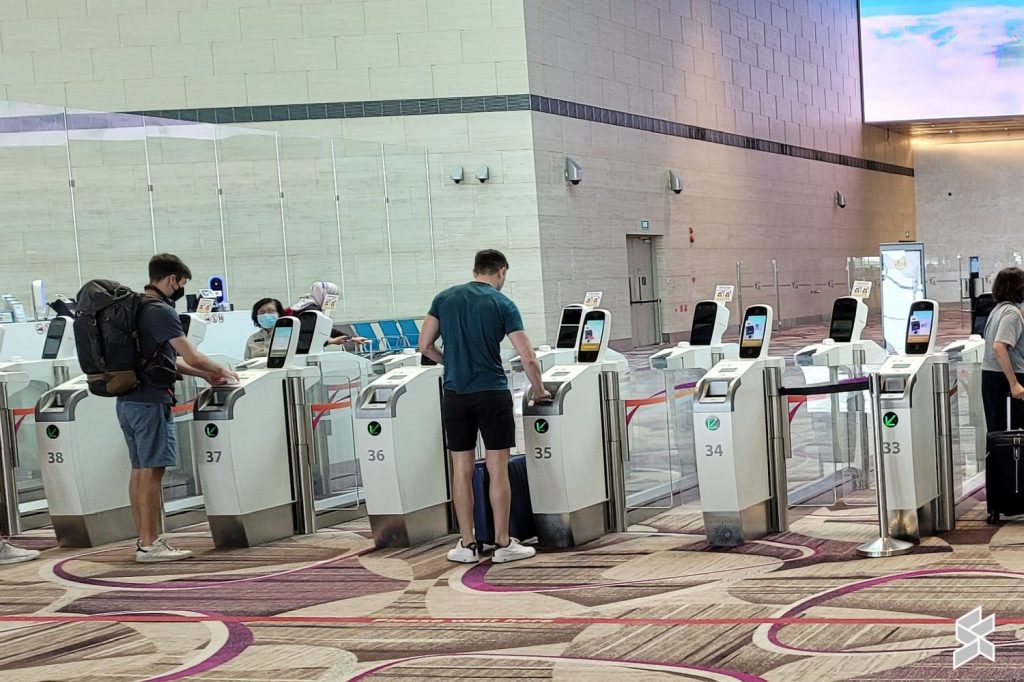
The biggest gamechanger is probably T4’s automated immigration system before entering the departure hall. Outgoing passengers are only required to scan their passport and verify using their fingerprint or face, to clear both immigration and security. Not only this provides a seamless experience, it reduces the need of having manual checks and a large hall for immigration clearance.
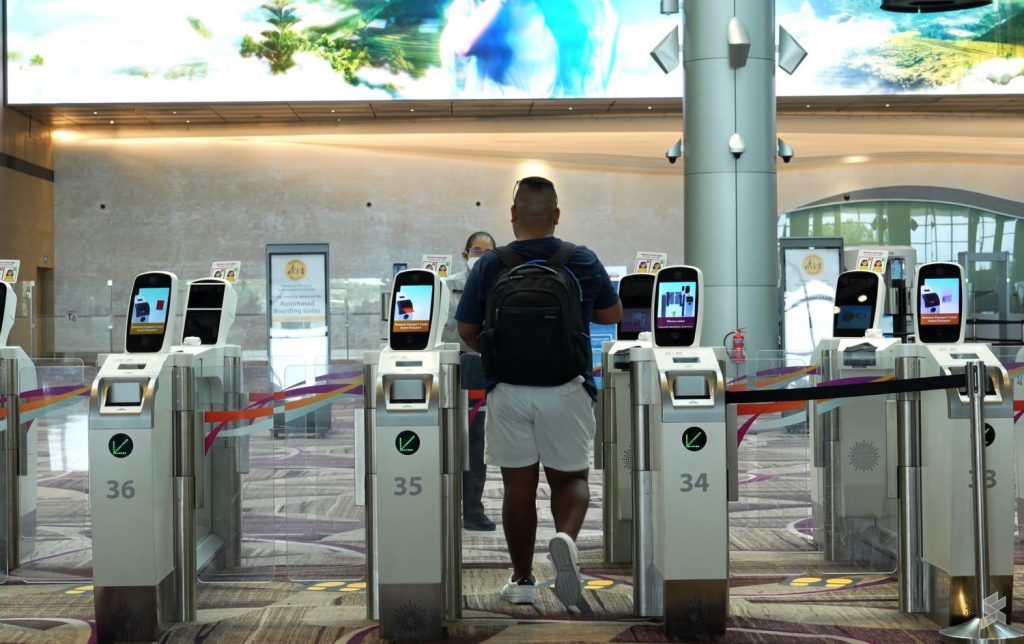
The automated immigration system is open to Singaporeans, permanent residents and registered travellers aged 6 years old and above. If you’ve registered your fingerprints when you enter Singapore, you are able to use the automated immigration facility. There are still manned counters to provide manual immigration clearance.
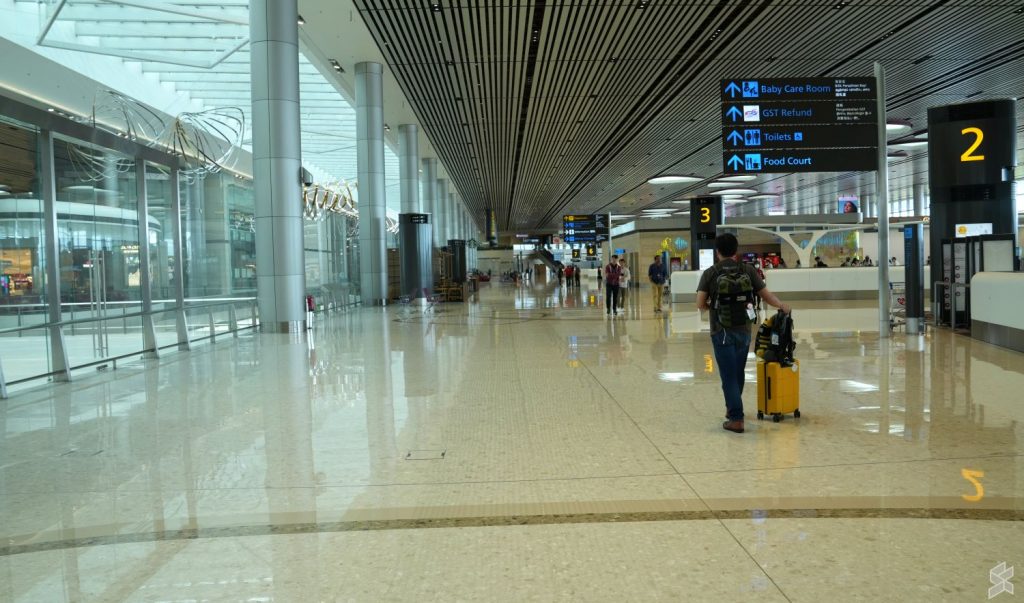

Probably the only touch point which requires human intervention is the security screening area where authorities will need to perform an X-ray scan of your carry-on bag. Unlike most airports, you are not required to take out your laptop or electronics from your bag, which makes it more convenient for frequent travellers.
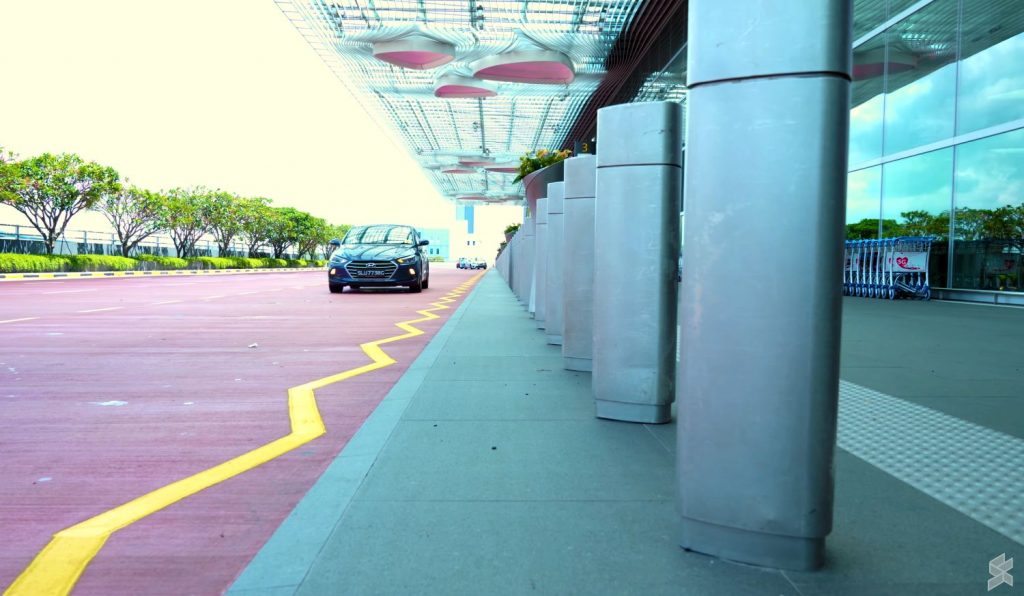
Despite being smaller than other terminals at Changi, you’ll get a sense of a large space at T4 thanks to the use of high ceilings and large glass windows. If you’re arriving by car or bus, the main entrance even has a kerb-less design which makes it easy for you to roll your baggage. Unfortunately, there’s no rail link to other Changi terminals but they do provide complimentary shuttle bus…
Read More: Singapore’s Changi T4: All airports should be designed like this
